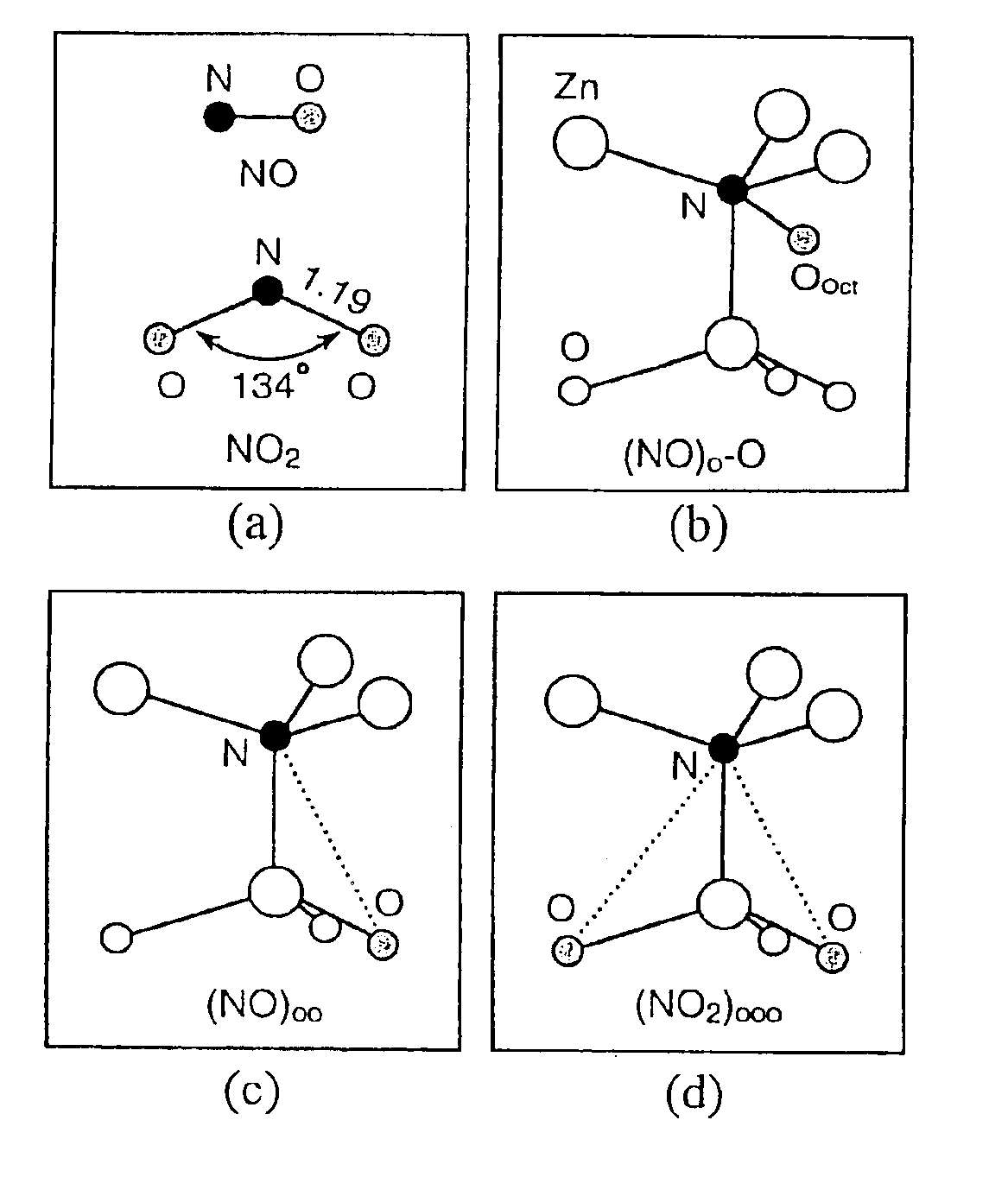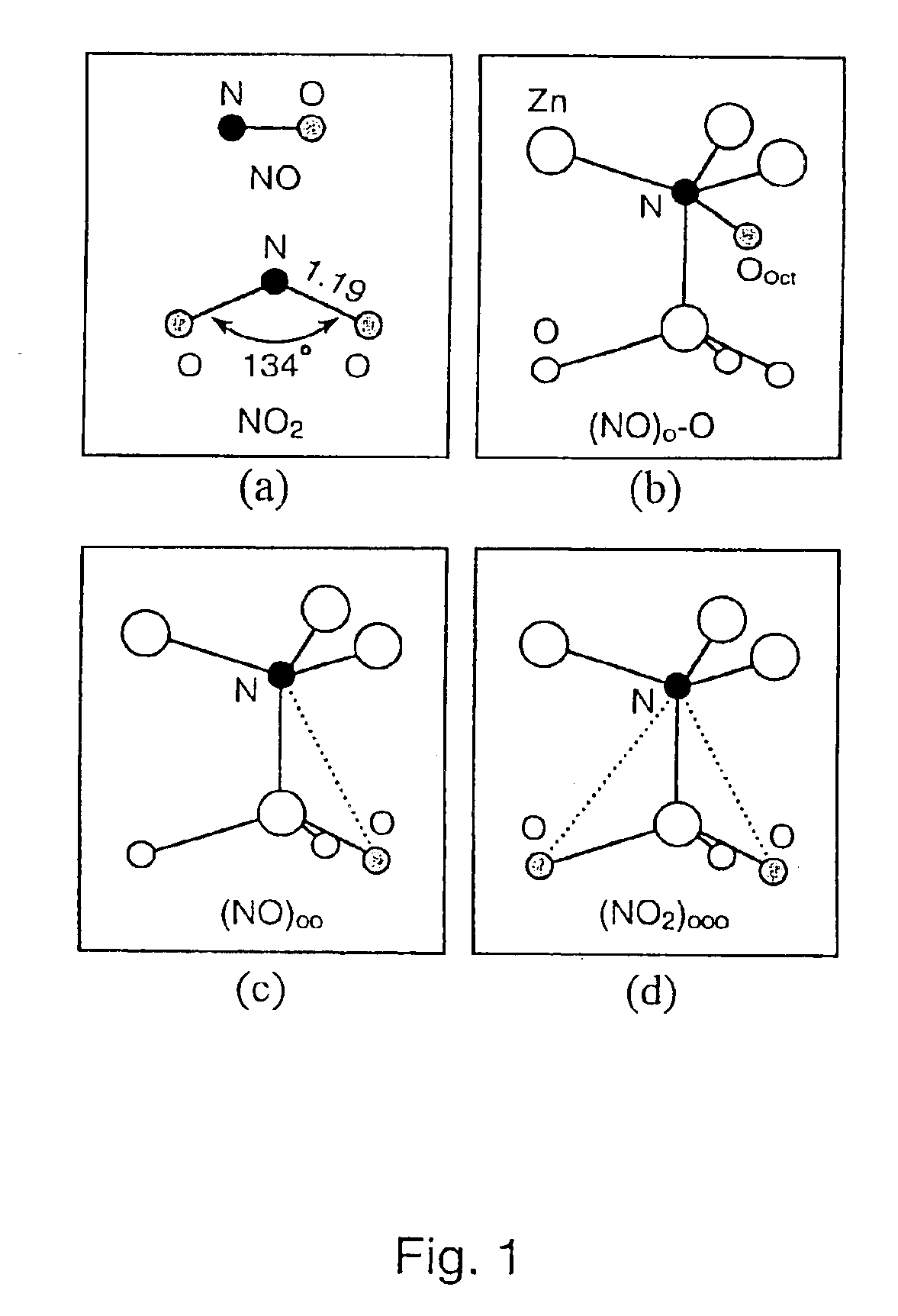High carrier concentration p-type transparent conducting oxide films
a transparent conducting oxide and high carrier concentration technology, applied in the direction of transportation and packaging, coatings, chemistry apparatus and processes, etc., can solve the problems of asymmetric doping limitations of zno, and limited application of codoping approach, so as to suppress the formation of donor-like defects, high hole concentration, and high energy
- Summary
- Abstract
- Description
- Claims
- Application Information
AI Technical Summary
Benefits of technology
Problems solved by technology
Method used
Image
Examples
example
[0036]Calculations supporting the principles were carried out using density-functional theory, the generalized gradient approximation (GGA) for exchange-correlation, ultrasoft pseudopotentials, and plane waves. M. C. Payne, M. T. Teter, D. C. Allan, T. A. Arias, and J. D. Joannopoulos, Rev. Mod. Phys. 64, 1045 (1992). A suitable energy cutoff for the plane waves was determined to be 380 eV. Å 32-atom supercell was used for defect calculations, which was found to be adequate. In all the calculations, all the atoms were allowed to relax until the Hellmann-Feynman forces acting on them become less than 0.01 eV / Å.
[0037]High quality p-type ZnO films can be achieved using either NO or NO2 gas as a dopant. It is known that in the equilibrium condition, the solubility of a point defect is mainly related to its formation energy, which usually depends on the atomic chemical potentials μπ. (the energy of the relevant atoms in their respective reservoirs). The reservoir energies can vary over c...
PUM
| Property | Measurement | Unit |
|---|---|---|
| temperature | aaaaa | aaaaa |
| carrier concentration | aaaaa | aaaaa |
| hole concentration p-type transparent conducting | aaaaa | aaaaa |
Abstract
Description
Claims
Application Information
 Login to View More
Login to View More - R&D
- Intellectual Property
- Life Sciences
- Materials
- Tech Scout
- Unparalleled Data Quality
- Higher Quality Content
- 60% Fewer Hallucinations
Browse by: Latest US Patents, China's latest patents, Technical Efficacy Thesaurus, Application Domain, Technology Topic, Popular Technical Reports.
© 2025 PatSnap. All rights reserved.Legal|Privacy policy|Modern Slavery Act Transparency Statement|Sitemap|About US| Contact US: help@patsnap.com



